You will need
- 2 empty 1.5L soda bottles
- 2 cork kitchen pot stands (1 cm thick)
- 2 wooden chopsticks (27 cm long)
- 2 takeaway containers
- Sticky tape
- 5 supermarket catalogues (app. 1mm thick ea.)
Note: You can substitute them with other materials with similar lengths and thicknesses. - Optional: A protractor to measure the angles
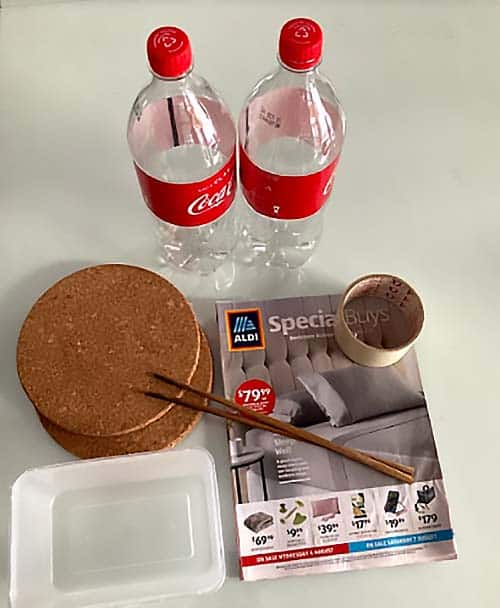
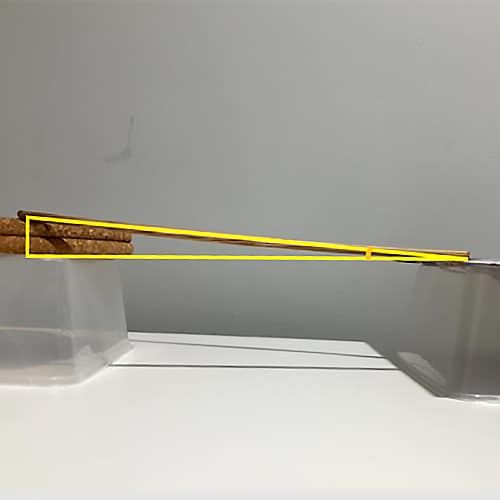
Your chopstick ramp should now be at an angle (you could measure this with a protractor).
Now it’s time to try your double cone roller!
- Carefully place the double cones on the lower side of the chopsticks.
- Can your double cone roll uphill (or is this really an illusion)?
This may need several trials to make it roll, whereby you will need to alter the angle of the ramp by either changing the number of the catalogues or pot stands to modify the slope.

School science visits since 2004!
– Curriculum-linked & award-winning incursions.
– Over 40 primary & high school programs to choose from.
– Designed by experienced educators.
– Over 2 million students reached.
– Face to face incursions & online programs available.
– Early learning centre visits too!
What is going on?
The centre of mass will roll down the incline due to the gravitational force. In this case, the centre of mass is on the line connecting the centres of the coke caps (look at step 2). The conical shape allows the double cone to sink toward the wider end of the V-shape rails due to its centre of mass. Therefore, although its centre of mass is moving down, it creates an illusion that the double cone looks like it rolls uphill.
Variables to test
- Does it matter if you have small or large soda bottles?
- Vary the width of the ‘V-shape’ of the chopsticks.
- Vary the angle of the chopstick ramps
- What happens if you replace the chopsticks with another material?
Forces, Friction & Movement
Years K to 6
Maximum 30 students
School workshop
60 or 90 minutes
Online Class Available
STEM Full Day Accelerator - Primary
Designed from real classroom experiences, this modular day helps you create consistently effective science learning that directly address the new curriculum with easily accessible and cost-effective materials.
Forensic Science Parties
Crime scene investigation!
Interpret clues to solve a mystery
Analyse the evidence
Become a super sleuth!
From $490 inc. GST
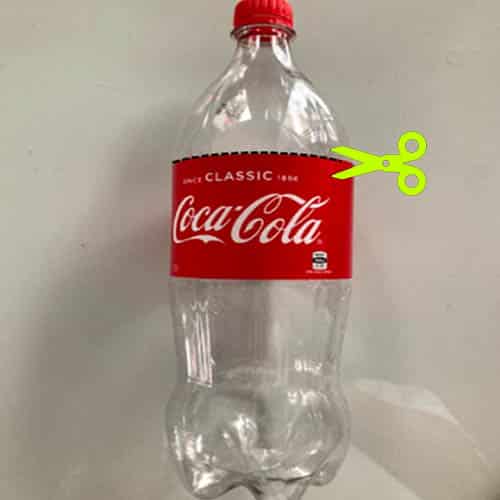
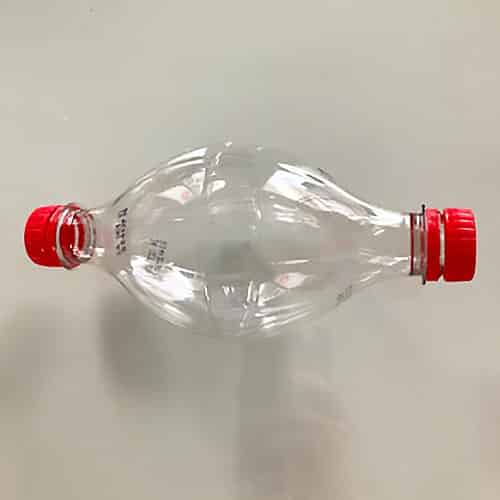
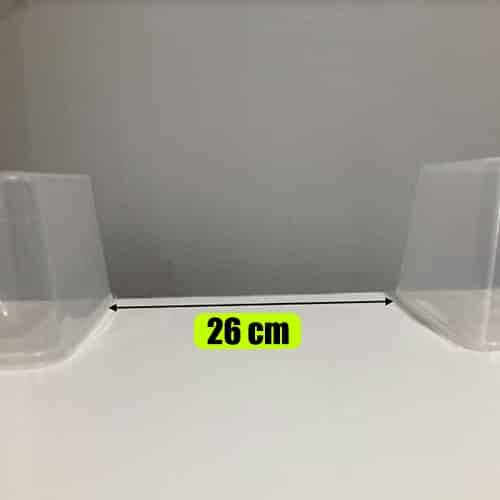
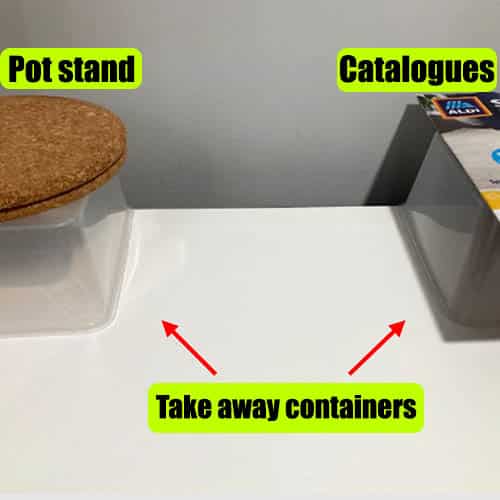
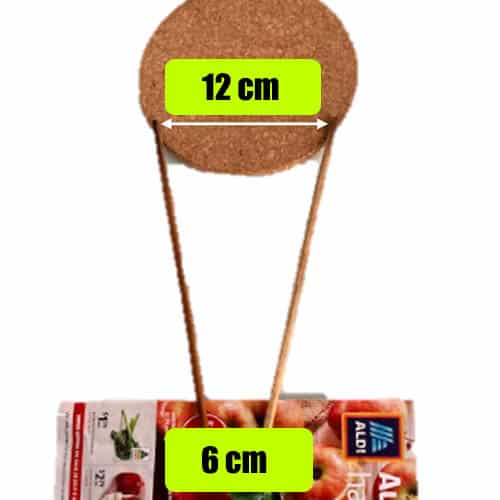
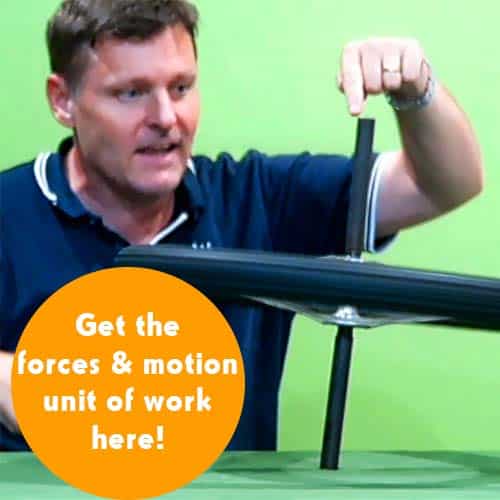


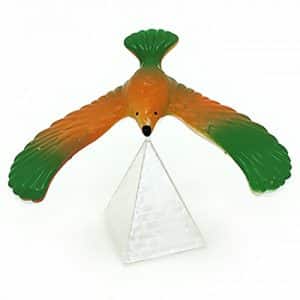























Comments